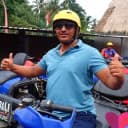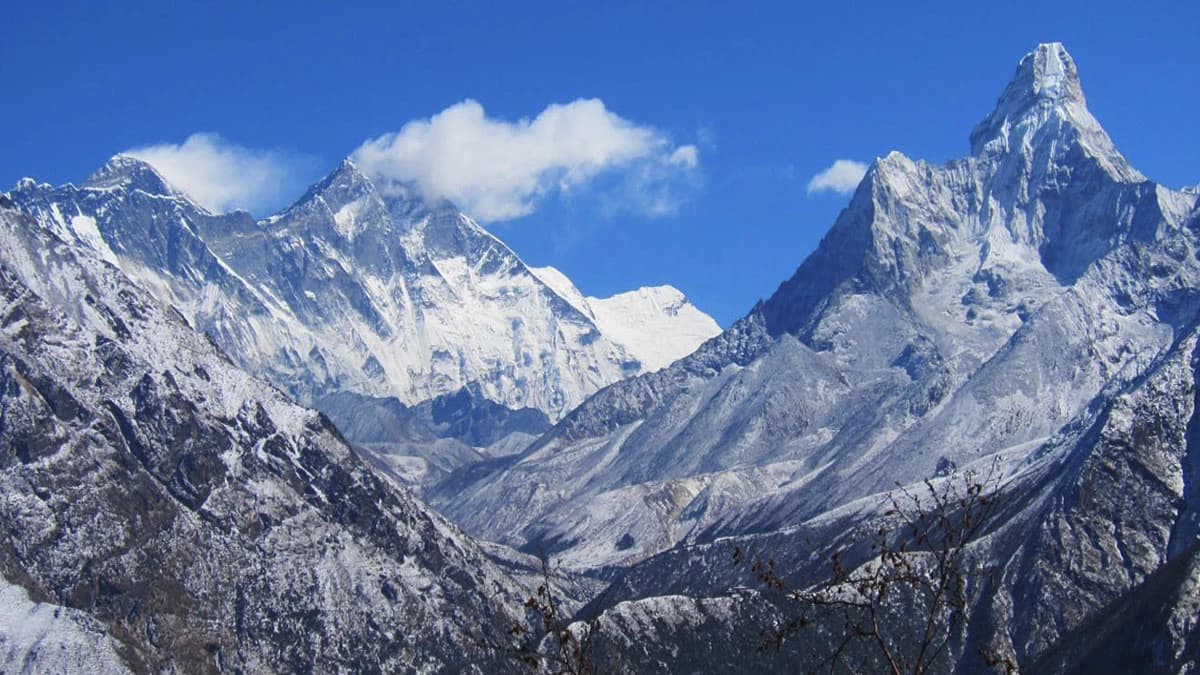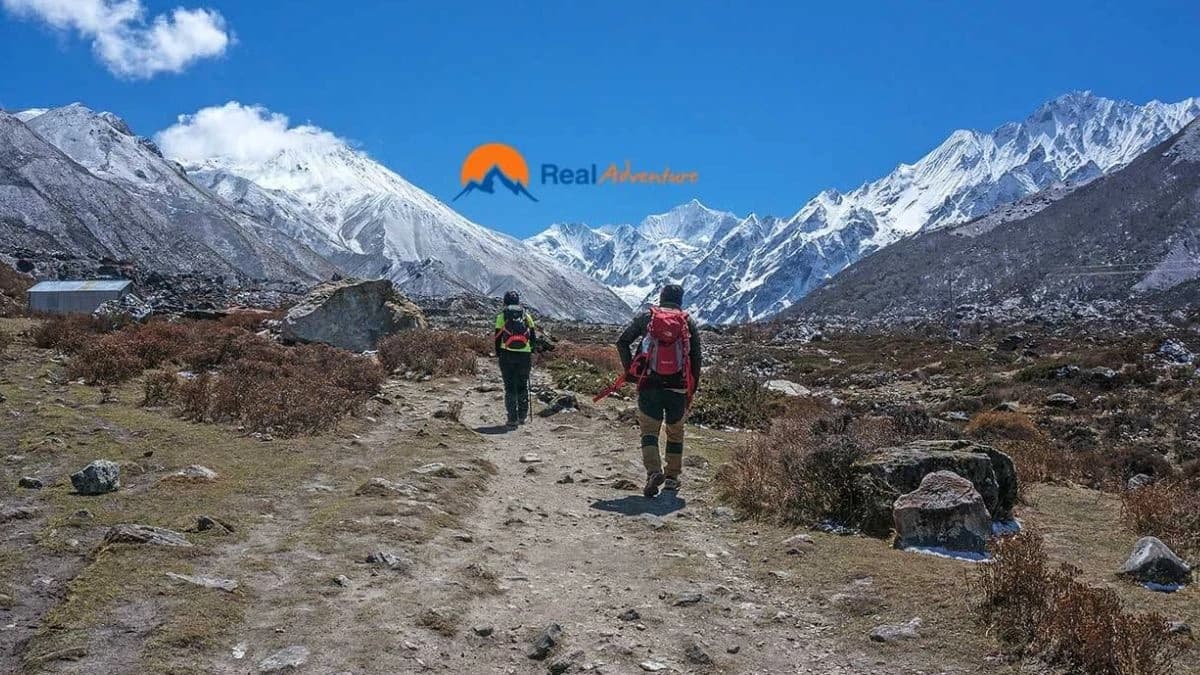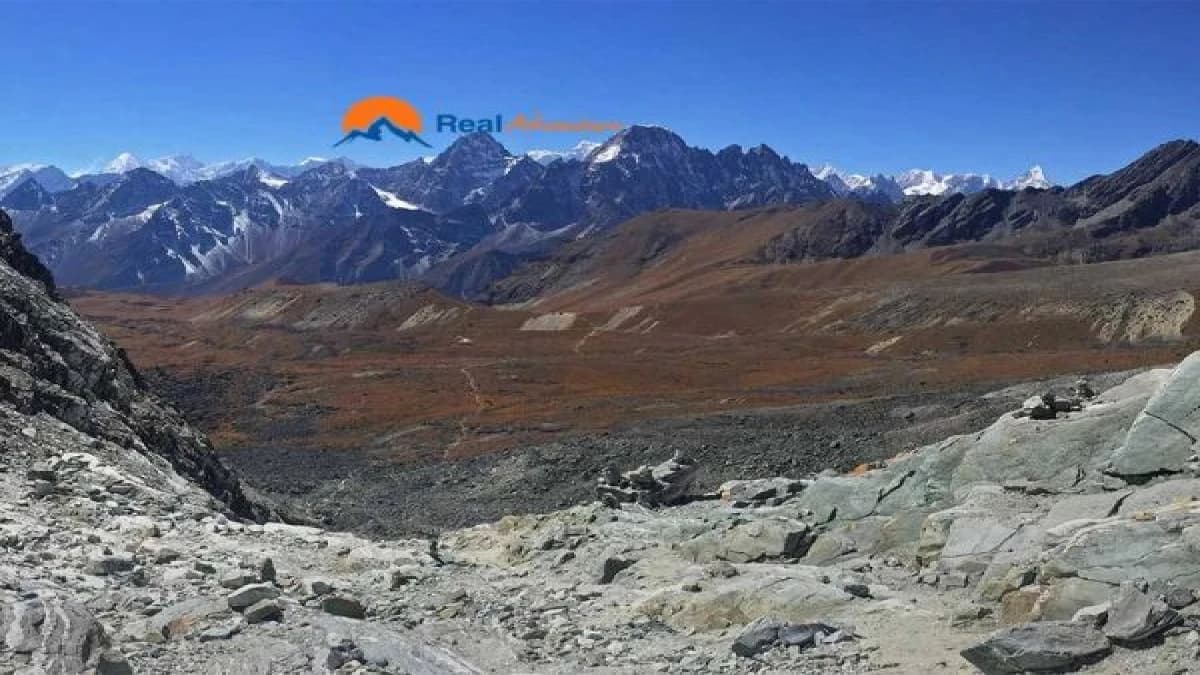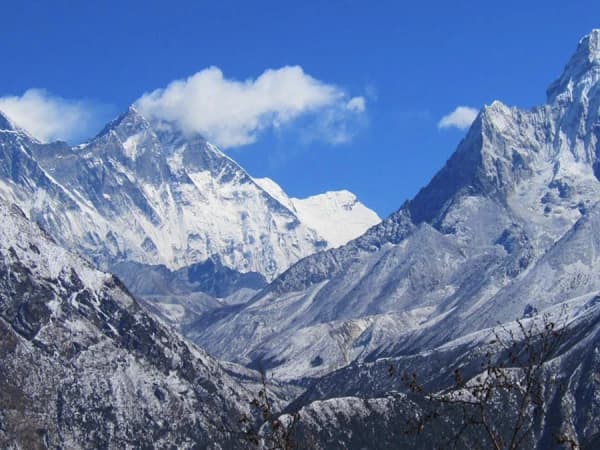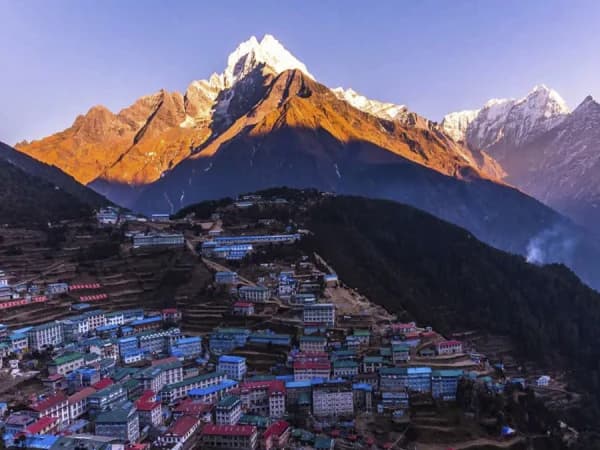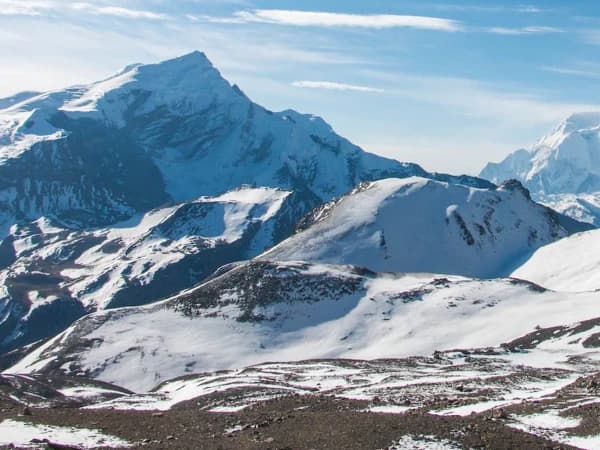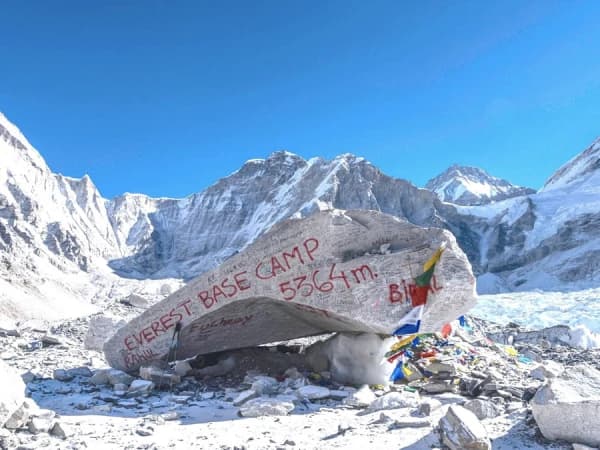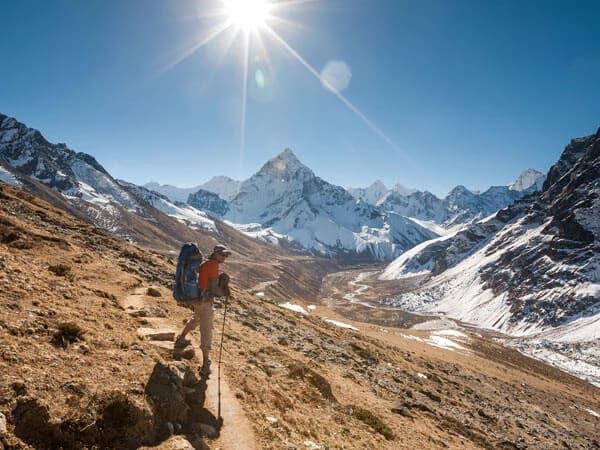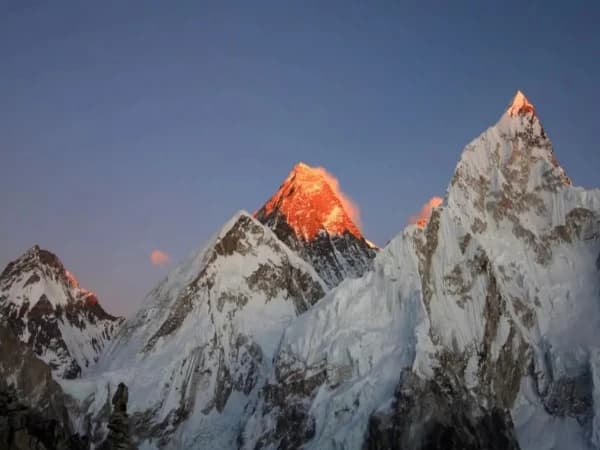Everest Panorama Trek – Best Short Trek in the Everest Region
The Everest Panorama Trek is one of the most rewarding and accessible short treks in the Everest region, perfect for travelers who dream of seeing Mount Everest up close while experiencing the rich traditions of the Sherpa people — without committing to the longer and more strenuous Everest Base Camp Trek. This scenic Himalayan journey blends spectacular mountain vistas, vibrant Sherpa culture, and peaceful trails, making it one of the best short treks in Nepal for families, beginner trekkers, or anyone short on time.
Spanning approximately nine days, the trek follows well-established trails through charming Sherpa villages, ancient Buddhist monasteries, and stunning alpine landscapes. Along the way, trekkers enjoy panoramic views of the world’s highest peaks, including Mount Everest, Lhotse, Ama Dablam, and Thamserku. The adventure typically reaches Tengboche, home to the famous Tengboche Monastery, the cultural and spiritual heart of the Khumbu region. This sacred site, framed by snow-covered giants, offers a serene insight into Tibetan Buddhism and the deep-rooted traditions of mountain life.
Unlike high-altitude expeditions such as the Everest Three High Passes Trek or Everest Base Camp with Island Peak Climb, the Everest Panorama Trek keeps altitudes moderate, reducing the risk of altitude sickness while still delivering breathtaking Himalayan scenery. This makes it an ideal introduction to Everest trekking for those with moderate fitness levels or for travelers acclimatizing for future high-altitude adventures.
The route passes through iconic settlements like Namche Bazaar, the bustling hub of the Khumbu, where colorful markets, cozy bakeries, and panoramic viewpoints welcome trekkers. You’ll also explore Khumjung, a picturesque Sherpa village nestled beneath towering peaks, known for its traditional stone houses and the legendary “Yeti scalp” at the local monastery. Staying in family-run teahouses, you can savor authentic Sherpa cuisine, enjoy warm hospitality, and wake up to views of the Himalayas bathed in morning light.
Nature lovers will be enchanted by the trek’s diverse landscapes — from dense rhododendron forests and crystal-clear glacial rivers to sweeping mountain ridges. Every turn offers photography opportunities, with the golden hues of sunrise and sunset casting magical light across the peaks. The gentle pace and well-maintained paths make it equally appealing for solo travelers, couples, and multi-generational families seeking a Nepal trekking package that combines beauty and culture in one unforgettable journey.
What truly sets the Everest Panorama Trek apart is its balance of adventure, accessibility, and cultural immersion. It allows you to experience the magic of the Everest region — its trails, people, and spiritual landmarks — without the extreme effort required for more demanding treks.
For those inspired to explore further, we also offer a variety of Everest trekking packages including the 12-Day Everest Base Camp Trek, Everest Three High Passes Trek, and Island Peak climbing expeditions. Whatever your goal, our expert guides ensure a safe, enriching, and memorable Himalayan adventure.
Take your first steps into the world’s most famous mountains with the Everest Panorama Trek — a short but powerful journey where every path leads to awe-inspiring beauty, timeless Sherpa traditions, and the unforgettable sight of Mount Everest rising into the sky.
Trip Highlights
- Witness spectacular views of Everest, Lhotse, Ama Dablam, and other iconic peaks.
- Explore the vibrant Sherpa culture and visit traditional villages like Namche Bazaar and Khumjung.
- Visit the famous Tengboche Monastery, a spiritual hub in the Khumbu region.
- Experience flying into Lukla, one of the world’s most exciting airports.
- Enjoy a fulfilling trek with plenty of time to soak in the natural beauty and cultural richness.
- Hike to the renowned Hotel Everest View, offering unparalleled panoramic views of the Himalayas.
- Walk through lush rhododendron and pine forests, incredibly vibrant in spring.
- Cross iconic suspension bridges over the Dudh Koshi River, adding a thrill to the trekking experience.
- Capture stunning sunrise views over Everest and the surrounding peaks from various viewpoints along the trail.
- In Sagarmatha National Park, you can encounter wildlife in Everest, such as Himalayan tahr, musk deer, and various bird species.
- Participating in local festivals or witnessing daily rituals at monasteries can help you better understand Buddhist traditions in the Himalayas.

